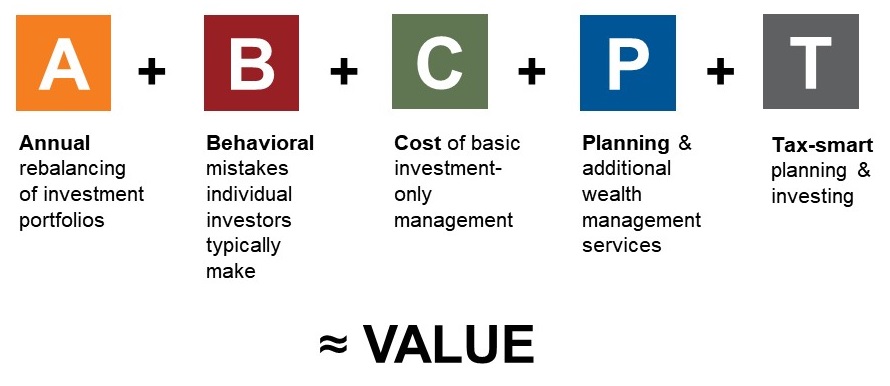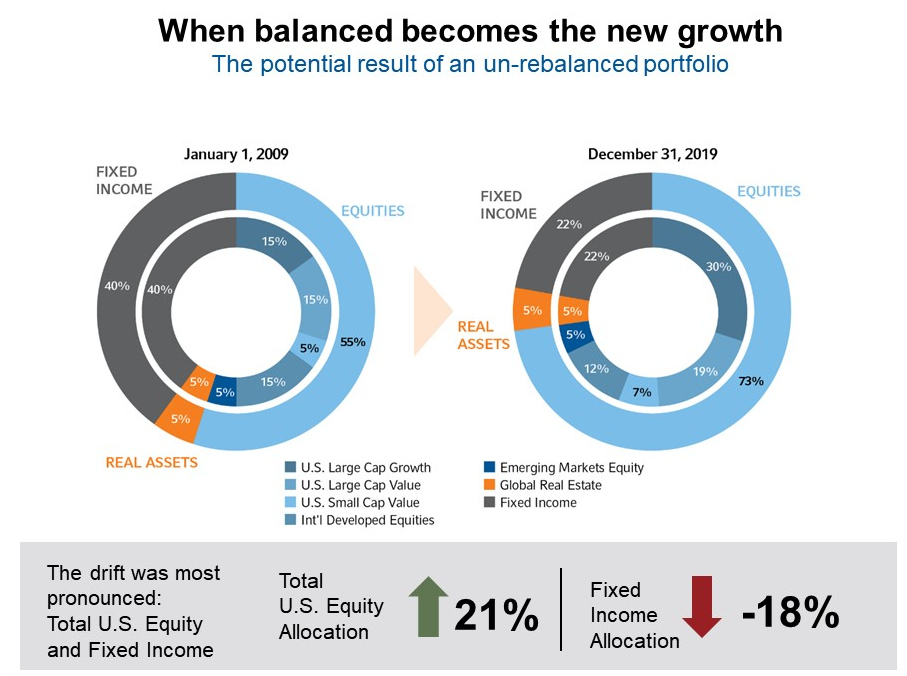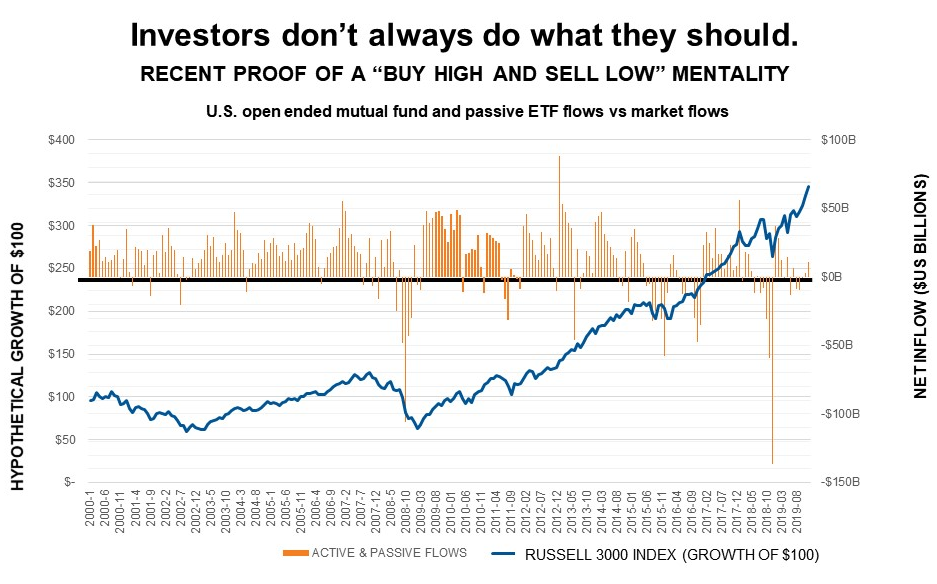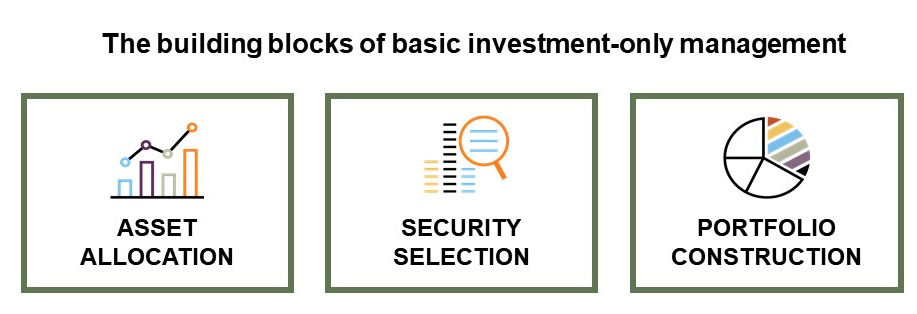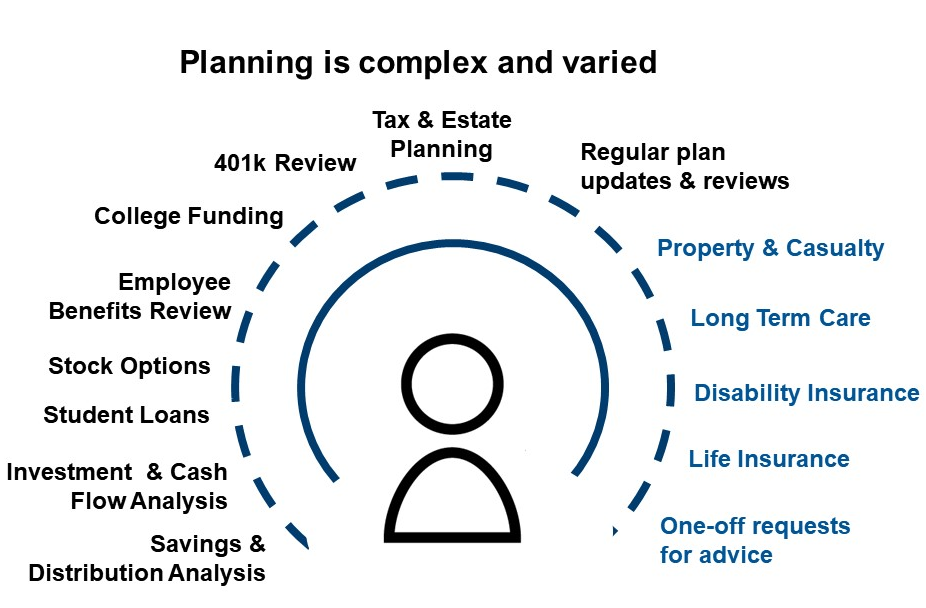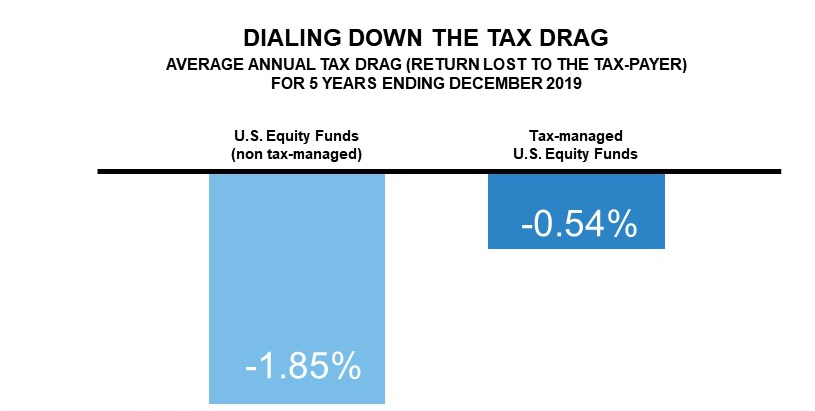5 key ways advisors deliver value in the face of 2020's adversities
We believe advisors have never been more valuable than they are right now, in the midst of these challenging times.
For the past six years, we’ve created an annual report that holistically analyzes the real value advisors deliver to their clients in their portfolios, in vital services advisors provide, and, right now in particular, in helping investors avoid behavioral mistakes.
This year, when a flock of black-swan events have flown overhead, the vital role advisors play should be more obviously valuable than ever. Volatility is back with a vengeance. Economic hardships are piling up. And fight-or-flight tendencies are causing some investors to follow the herd into costly mistakes.
Dedicated advisors are not walking away from these challenges. Instead, we see many of them wading into the fray and working hard to keep their clients’ life savings intact. And as the volatility batters many investors’ savings, advisors may be challenged to articulate that the value they deliver goes over and beyond selecting and managing investments. That’s why it’s so important to provide a simple, easy-to-follow equation that shows the full value of an advisor’s services. It’s as easy as ABC, and then some:
Value of an Advisor = A+B+C+P+T
Click image to enlarge
A is for Annual rebalancing
There have been few times in modern history when the topic of rebalancing has been hotter than it is right now. When markets are rising, it can be easy to underestimate the importance of disciplined rebalancing. But this year, in the face of rarely seen volatility, it’s more and more obvious that rebalancing is vital, because it is designed to help investors avoid unnecessary risk exposure. Imagine you have a hypothetical balanced index portfolio that has not been rebalanced. In certain market conditions, it could end up looking more like a growth portfolio and expose the investor to risk they didn’t agree to. The annual rebalancing an advisor provides can help keep that from happening.
Historically, rebalancing to fixed weights causes one to sell equities and buy bonds. For this reason, a 2020 portfolio today has likely fallen less than had it not been rebalanced over the past 10 years.
For skilled investors and advisors, rebalancing may seem obviously vital, especially this year. But we believe there are two reasons that many investors don’t rebalance if left to their own devices:
- Because it’s an easy thing to forget to do. Investors know they’re supposed to do it. We also know we’re supposed to regularly change the batteries on our smoke alarms. But do we really do it?
- Because, in many cases, rebalancing may be the equivalent of buying more of what’s been hurting my portfolio and selling what’s been doing well. Right now, as I write this in the midst of a volatile market, it may seem counterintuitive to buy more equities. But, as a disciplined rebalancer, I know that, over long histories, stocks have the potential to outperform bonds, with some of the best returns on stocks following large market drawdowns.
Click image to enlarge
Source: Hypothetical analysis provided in the chart & table above for illustrative purposes only. Source for both chart & table: U.S. Large Cap Growth: Russell 1000 Growth, U.S. Large Cap Value: Russell 1000 Value, U.S. Small Cap: Russell 2000, International Developed Equities: MSCI World ex USA, Emerging Markets Equity: MSCI EM, Global Real Estate: FTSE EPRA NAREIT Developed, and Fixed Income: Bloomberg U.S. Aggregate Bond.
B is for Behavioral mistakes
Behavioral mistakes cost real money. We believe they are causing many investors to suffer significant long-term losses right now. This year in particular, we believe behavior coaching is one of the most vital parts of the advisor job description. And when it comes to delivering value, avoiding behavioral mistakes may be the most significant contributor to total value.
You’ve likely heard many comparisons between the current markets and the Global Financial Crisis in 2008-09, so keep this fact in mind: From January 2000 to December 2019, $100 constantly invested in the Russell 3000® Index more than tripled in value. And those who chose to stay in cash during that period missed a cumulative return of nearly 250%, based on the Russell 3000® Index. Left to their own devices, many investors buy high and sell low. Helping your clients avoid pulling out of markets at the wrong time and sticking to their long-term plan is one way that advisors provide substantial value.
Click image to enlarge
Data shown is historical and not an indicator of future results. Sources: Monthly mutual fund, passive ETF flows and Russell 3000® Index, Morningstar, Direct. Data as of December, 2019. Index performance is not indicative of the performance of any specific investment. Indexes are not managed and may not be invested in directly.
C is for Cost of investment-only management
What is a bare-minimum investment management worth? What would investment management cost if a robo-advisor did it? And what does a robo-advisor deliver?
Most robo-advisors that deliver investment-only management and no financial plan, no ongoing service, and no guidance, still charge something, even if it’s just for annual statements, online access and a phone number to call in case of questions. Are you making sure your clients acknowledge that you provide investment management as only one small part of your offering?
P is for Planning costs and ancillary services
By this point in 2020’s volatile markets, you’ve probably heard a financial expert say how important it is to stick to your long-term investment strategy. The sound financial planning that advisors provide is designed for times just like this. And we believe it has never been more valuable.
As obvious as this sounds, it’s worth stating that financial advisors add value by doing the hard work of shepherding a strategy from origination to outcome, through all kinds of market events—even global pandemics. Per a recent financial planning study conducted by Kitces, the average standalone planning fee for a comprehensive plan was around $2,080.1 Are your clients aware of that value? They should be.
And what about the ancillary services you and your team offer? We believe advisors and their staff consistently underestimate the value of the ancillary services—insurance needs, custom requests and questions—they may provide their clients. These additional services can quickly consume 20, 50 or 100 hours each year. Make sure your clients consider what those professional hours are worth.
Click image to enlarge
T is for tax-smart investing
Believe it or not, taxes have the ability to seriously erode returns—even in a down year. While downward fee pressure can mean downward value trends in other areas, advisors who focus on tax-smart investing can distinguish themselves and demonstrate differentiating value. Because it’s not what you earn. It’s what you get to keep.
We think current market volatility may even be an opportunity for tax-smart advisors. Just how much return can be added with a tax-smart approach? The average annual tax drag for the five years ending Dec. 31, 2019, was significant. Investors in non-tax-managed U.S. equity products (active, passive and ETFs) lost, on average, 1.85% of their return to taxes. Those in tax-managed U.S. equity funds forfeited only 0.54%. With taxable investors holding $8.5 trillion of the $18.7 trillion invested in open-end mutual funds, this is a massive concern—and a massive opportunity for added value.2
Click image to enlarge
Tax-managed: funds identified by Morningstar to be tax-managed. Universe averages*: Created table of all U.S. equity mutual funds and ETF’s as reported by Morningstar. Calculated arithmetic average for pre-tax, post-tax return for all shares classes as listed by Morningstar. Morningstar Categories included: U.S. ETF Large Blend, U.S. ETF Large Growth, U.S. ETF Large Value, U.S. ETF Mid-Cap Blend, U.S. ETF MidCap Growth, U.S. ETF Mid-Cap Value, U.S. ETF Small Blend, U.S. ETF Small Growth, U.S. ETF Small Value, U.S. OE Large Blend, U.S. OE Large Growth, U.S. OE Large Value, U.S. OE Mid-Cap Blend, U.S. OE Mid-Cap Growth, U.S. OE Mid-Cap Value, U.S. OE Small Blend, U.S. OE Small Growth, U.S. OE Small Value. *Methodology for Universe Construction on Tax Drag chart: From Morningstar, extract U.S. equity and fixed income mutual fund and ETF’s for reported period. Averages calculated on a given category. For example, average after-tax return for the large cap category reflects a simple arithmetic average of the returns for all funds that were assigned to the large cap category as of the end date run. For funds with multiple share classes, each share class is counted as a separate “fund” for the purpose of creating category averages. Morningstar category averages include every type of share class available in Morningstar’s database. Large Cap/Small Cap/Municipal Bond determines based upon Morningstar Category. If fund is indicated by Morningstar as passive or an ETF, the fund is considered to be passively managed. Otherwise, the fund is considered to be actively managed. Tax Drag: Pre-tax return less after-tax return (pre-liquidation).
Tax-smart advisors can help add this value by helping build and implement a personalized, comprehensive, and tax-sensitive portfolio.
The bottom line
Market volatility, economic downturns and uncertainty make today’s investing environment one of the most challenging of our lifetimes. At Russell Investments, we believe the role advisors play has never been more vital. When else have investors had a greater need of a counselor and guide to help them navigate these issues? This annual Value of an Advisor study quantifies that dedication and the resulting benefit.
Advisors, we believe in your value. We see the advantages you create for your clients. We know the commitment you bring to your relationships. So stand tall. You’ve never mattered more.
To learn more about the 2020 Value of an Advisor Study, click here.
1 The Kitces Report Volume 2, 2018 and the “How much does a comprehensive financial plan actually cost?” April 8, 2019 article from kitces.com.
2 Source: 2019 Investment Company Institute Factbook.
